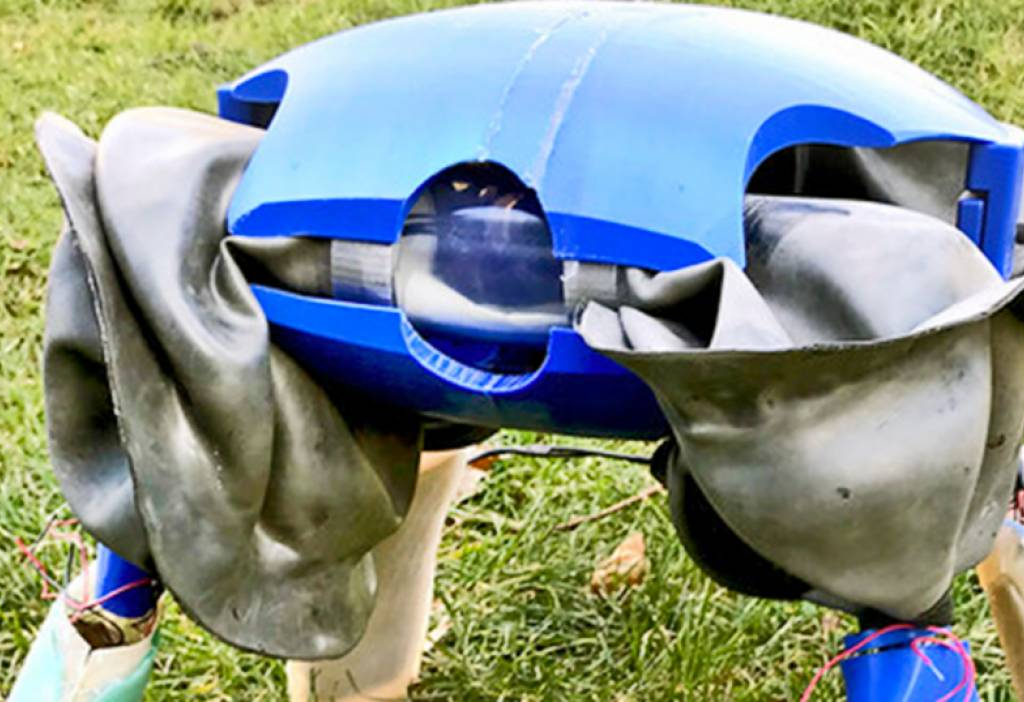Through a process called “adaptive morphogenesis,” researchers from Yale University have been able to imagine and build a robot that can morph its legs into flippers when it jumps into the water. Yes, Yale researchers have created a robot that accomplishes this feat, a robot that travels on land and water.

The robot, called Amphibious Robotic Turtle (ART), was said to have been an inspiration drawn from land and sea turtles by the researchers,. Land and sea turtles are a group of living creatures whose fossil record spans over 110 million years.
The principal investigator to the research study and John J. Lee Associate Professor of Mechanical Engineering & Materials Science, Dr. Mrs. Rebecca Kramer-Bottiglio, said “Terrestrial and aquatic turtles share similar bodies, with four limbs and a shell, but have distinctive limb shapes and gaits adapted for their specific environments. Sea turtles have elongated flippers for swimming, whereas land turtles and tortoises have rounded legs for load bearing while walking.”

This ART robot had the features of a morphing limbs that could adapt their shape, stiffness, and behavior to their environment. This is possible since the limbs were made of variable-strength materials and artificial muscles that made it very possible to transform their shape when transitioning from one environment to another. When on land, this ART robot can traverse land with a variety of four-legged terrestrial gaits. Upon reaching a body of water, ART can then morph its legs into flippers, enabling it to swim with lift- and drag-based aquatic gaits.

Conclusion
What are the applications of this robot that travels on land and water? The robot has potential applications that are quite numerous. According to Dr. Kramer-Bottiglio’s lab, their applications so far have been on applications that include monitoring of ecosystems along shorelines, diver support, and ocean farming. The robot that travels on land and water is foreseen to also help researchers to study the physics of locomotion in the complex surf zone—where waves, currents, and turbidity make it particularly tricky for robotic devices to navigate—and other environmental transition zones.
Read More
Anti-Theft and Burglar System with SMS Notification
How to Fix/Remove Japanese Keyword Hack/Japanese SEO Hack Free on Website

